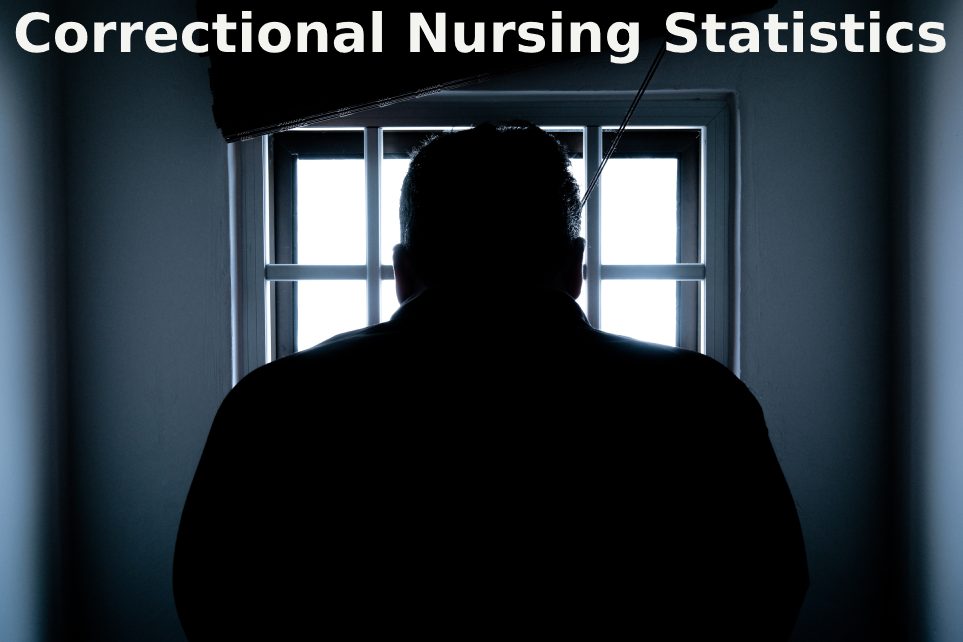Correctional Nursing Stats
Correctional Nursing Statistics 2023-2024
- Correctional Nurses earn an average annual base salary of $54,000, with total pay ranging from $38,000 to $78,000.
- According to the United States Bureau of Labor Statistics, the number of people working as Registered Nurses, including Correctional Nurses, is expected to rise by 9% from 2020 to 2030.
- Correctional Nurses can earn between $55,000 and $80,000 annually, depending on location, experience, and specialization.
- Over 2.1 million adults are incarcerated in American prisons and jails, creating a great need for healthcare providers to support this underserved population.
- The demand for health care professionals, especially nurses, is high and expected to grow, with registered nurse employment set to increase by 15% and nurse practitioner employment set to increase by 36% between 2016 and 2026.
- Over 2.1 million adults are incarcerated in American prisons and jails, creating a great need for healthcare providers to support this underserved population.
- The demand for health care professionals, especially nurses, is high and expected to grow, with registered nurse employment set to increase by 15% and nurse practitioner employment set to increase by 36% between 2016 and 2026.
- Dodge Correctional Institution in Waupun, Wisconsin, is the only 24/7 inpatient facility for men in the state’s Department of Corrections, essentially a hospital inside a prison.
- More than 500 licensed nursing staff work inside Wisconsin’s state-run institutions, with around 35,000 people across 19 state prisons and 76 jails being served by nurses.
This comprehensive analysis of correctional nursing statistics highlights the latest trends in inmate healthcare, the nurse-to-inmate ratios across different facilities, and the challenges faced by these dedicated professionals. By understanding the current state of correctional nursing, we can identify areas for improvement and enhance the quality of care provided to this vulnerable population.

Correctional Nursing Stats & Facts
- A 2016 report found that incarcerated individuals were likelier than the general population to experience chronic conditions and infectious diseases.
- Many incarcerated individuals do not have consistent access to treatment, leading to undiagnosed conditions upon intake.
- Upon arrival, incarcerated individuals undergo an initial medical exam, during which they may be diagnosed with unknown health conditions such as hypertension or infectious disease.
- Correctional health care requires compassion and the ability to provide the best possible support for every patient, regardless of their criminal record.
- Experience, credentials, and location determine the salary for Correctional Nurses.
Sources
- https://www.abstaffing.com/what-does-a-corrections-nurse-do/
- https://www.abstaffing.com/for-clients/correctional-healthcare-staffing/
- PayScale
- https://nursing.wisc.edu/nursing-behind-bars-putting-the-patient-before-the-prisoner/
- https://nursing.usc.edu/blog/correctional-nurse-career/
- https://www.sumnercollege.edu/practical-nursing-program/career-paths-for-lpn/what-you-need-to-know-about-correctional-nursing/
- https://blog.diversitynursing.com/blog/a-career-in-correctional-nursing
Recent Posts



